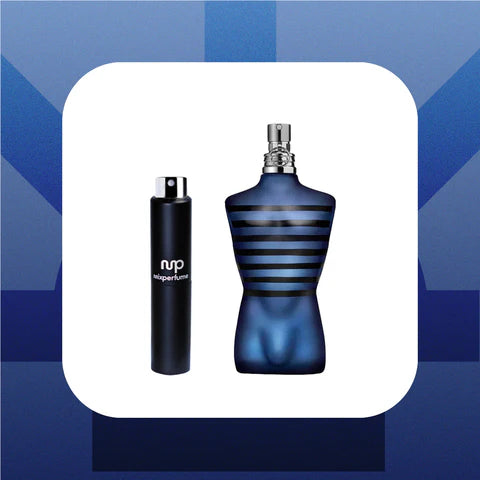Unveiling Potency: Eau de Toilette vs Eau de Parfum
Understanding the Basics - EDT vs EDP
Eau de Toilette and Eau de Parfum represent two of the most common concentrations in perfumery, each offering a different experience of the same scent. The key difference lies in the concentration of fragrance oils in alcohol and water. Eau de Parfum typically contains a higher concentration of fragrance oils, usually between 15% to 20%, providing a richer, longer-lasting scent. Eau de Toilette, on the other hand, has a lighter concentration, ranging from 5% to 15%, resulting in a more subtle fragrance.
Comparison: Key Differences Between Eau de Toilette and Eau de Parfum
- Potency and Longevity: EdP, with its higher concentration of fragrance oils, tends to be more potent and enduring on the skin, lasting anywhere from four to eight hours. EdT offers a lighter, fresher sensation, usually lasting about two to four hours.
- Sillage: The sillage, or scent trail left by a fragrance, is typically stronger in EdPs due to their higher concentration. EdTs provide a more understated sillage, making them ideal for everyday wear.
- Occasion and Wearability: EdPs are often favored for evening wear or special occasions due to their depth and lasting power. EdTs are considered more versatile, suitable for daytime wear and casual settings.
Step-by-Step Guide: How Each Is Made and Their Distinct Characteristics
The creation of both EdT and EdP involves meticulously blending fragrance oils with alcohol and water. However, the proportion of these ingredients varies:
- Fragrance Oils: The heart of both EdT and EdP, these oils are extracted from flowers, spices, woods, and fruits to create the scent.
- Alcohol: Serves as a solvent for the fragrance oils, aiding in the diffusion of the scent upon application.
- Water: Added to dilute the mixture, affecting the overall potency and longevity of the fragrance.
Choosing the Right Concentration for You: Factors to Consider
- Skin Type: Dry skin may absorb scent more quickly, making EdP a potentially better choice for longer-lasting fragrance.
- Climate: Hotter climates may amplify the potency of a fragrance, making EdT a preferable option for such settings.
- Personal Preference: Ultimately, your personal preference for fragrance intensity and longevity should guide your choice.
How Long Does Each Last on the Skin?: Popular Question Around Potency
While individual experiences may vary due to factors like skin chemistry and environment, EdPs generally offer longer-lasting fragrance, making them a popular choice for those seeking enduring scent.
Can I Wear Eau de Toilette in the Day and Eau de Parfum at Night?: Popular Question Around Usage
Absolutely! This approach allows you to adapt your fragrance to the setting and time of day, leveraging the freshness of EdT for daytime and the richness of EdP for the evening.
Tips for Applying Fragrances Effectively: Maximizing Scent Longevity
- Apply to Pulse Points: Warm areas like the wrists, neck, and behind the ears enhance the diffusion of the fragrance.
- Moisturize: Applying fragrance on moisturized skin can help to lock in the scent.
- Don't Rub: Rubbing the skin after applying fragrance can break down the scent molecules, diminishing its longevity.

Conclusion: Summarizing the Best Choice for Your Scent Needs
Understanding the nuances between Eau de Toilette and Eau de Parfum is key to selecting a fragrance that best suits your preferences, lifestyle, and the occasions on which you intend to wear it. Whether you lean towards the subtle elegance of an EdT or the lingering allure of an EdP, your choice of fragrance concentration is a personal expression of your unique scent identity.








Leave a comment